
Ingredient
Camel tallow
The Versatile Camel Tallow
Camel tallow is a rendered fat obtained from the hump of camels. It has a creamy white color and a firm, waxy texture. When heated, it melts into a golden liquid with a rich, savory aroma. Camel tallow has a distinct flavor that is often described as buttery and slightly gamey, adding depth and complexity to dishes.
Origins and history
Camel tallow has a long history of culinary use in Middle Eastern and African cuisines. It is a staple ingredient in traditional dishes such as Mansaf, a Jordanian lamb and rice dish, and Harees, a popular Emirati porridge. Camel tallow is highly valued for its ability to enhance the flavor and texture of dishes, making them more indulgent and satisfying.
Nutritional information
Camel tallow is a rich source of monounsaturated fats, which are known to have heart-healthy benefits. It also contains essential fatty acids and fat-soluble vitamins. However, it is high in saturated fats, so it should be consumed in moderation as part of a balanced diet.
Allergens
There are no known allergens associated with camel tallow.
How to select
When selecting camel tallow, look for a creamy white color and a firm, waxy texture. Avoid any tallow that has a rancid or off-putting odor. It is best to purchase camel tallow from reputable sources that ensure the highest quality and freshness.
Storage recommendations
To maintain the freshness of camel tallow, store it in an airtight container in a cool, dark place, such as a pantry or refrigerator. Properly stored camel tallow can last for several months without losing its quality.
How to produce
Camel tallow is produced by rendering the fat from the hump of camels. This process involves melting the fat at a low temperature until it separates from any impurities. The rendered tallow can then be strained and stored for later use.
Preparation tips
Camel tallow can be used in a variety of cooking methods, including frying, sautéing, and roasting. It adds a rich, buttery flavor to dishes and can be used as a substitute for butter or oil. Camel tallow is particularly well-suited for traditional Middle Eastern and African recipes, such as stews, rice dishes, and pastries.
Culinary uses
Camel tallow is commonly used in Middle Eastern and African cuisines. It is often used to prepare traditional dishes such as Mansaf, Harees, and Biryani. Camel tallow can also be used to make pastries and desserts, adding a unique flavor and richness to the final product.
Availability
Camel tallow is commonly available in Middle Eastern and African countries, where it is a traditional ingredient in local cuisines. It can also be found in specialty stores or online retailers that cater to international ingredients.
More ingredients from this category
Recipes using Camel tallow » Browse all
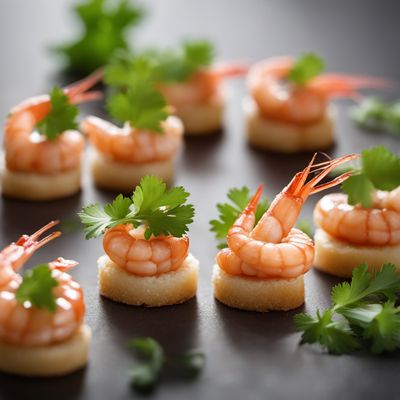
Chinese Aristocrat Shrimp Canapés
Imperial Delicacy: Chinese Aristocrat Shrimp Canapés
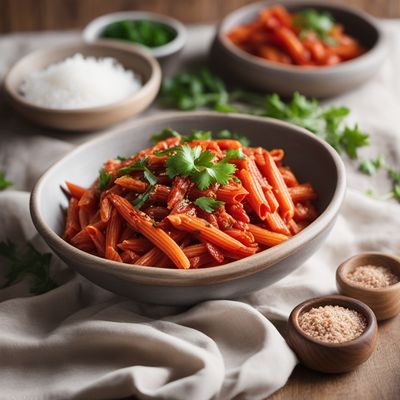
Spicy Gochujang Penne
Fiery Fusion: Gochujang Penne Strascicate

Theta Burger with a Twist
The Ultimate Theta Burger Experience: A Fusion of Flavors
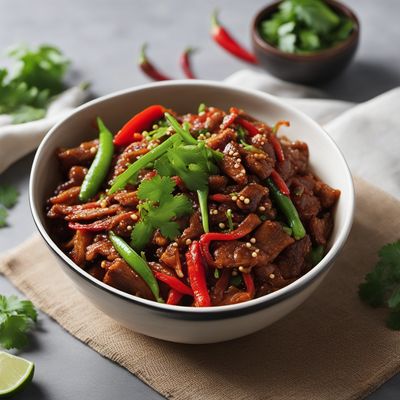
Chinese-style Spicy Pork Stir-Fry
Imperial Fire: A Fiery Chinese Twist on Spicy Pork Stir-Fry
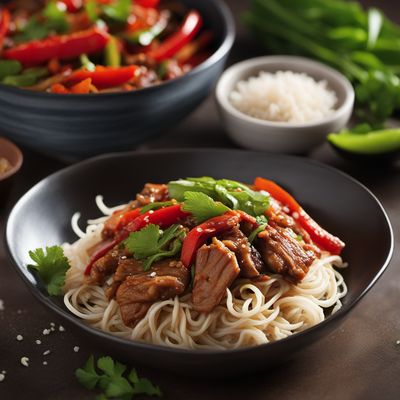
Sapasui - Samoan Noodle Stir-Fry
Savory Samoan Noodles: A Flavorful Stir-Fry Delight

Pakistani Chinese Chicken Manchurian
Fiery Fusion: Pakistani Chinese Chicken Manchurian

Classic American Cheeseburger
"The All-American Burger: A Juicy Delight of Savory Beef and Melting Cheese"

Bicky Burger - A Belgian Delight
Savory Belgian Bicky Burger: A Flavorful Twist on a Classic

Surinamese Spicy Burger
Fiery Surinamese Burger: A Fusion of Flavors

Khao Phat Amerikan - Thai-Inspired American Fried Rice
Thai Fusion Fried Rice: A Flavorful Blend of East and West
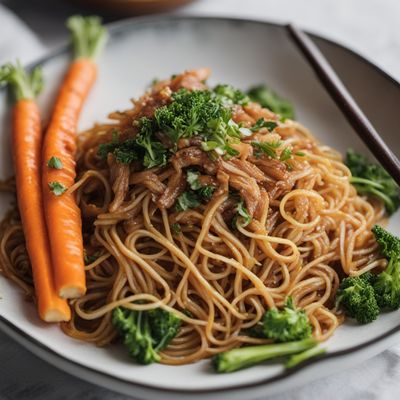
Lower Saxon Style Fried Noodles
Hearty Lower Saxon Fried Noodles: A Delicious Twist on Yakisoba

Nagoya-style Omurice
Savory Omelette Rice Nagoya-style: A Fusion of Japanese and Local Flavors

